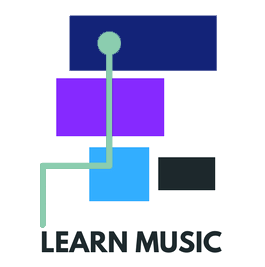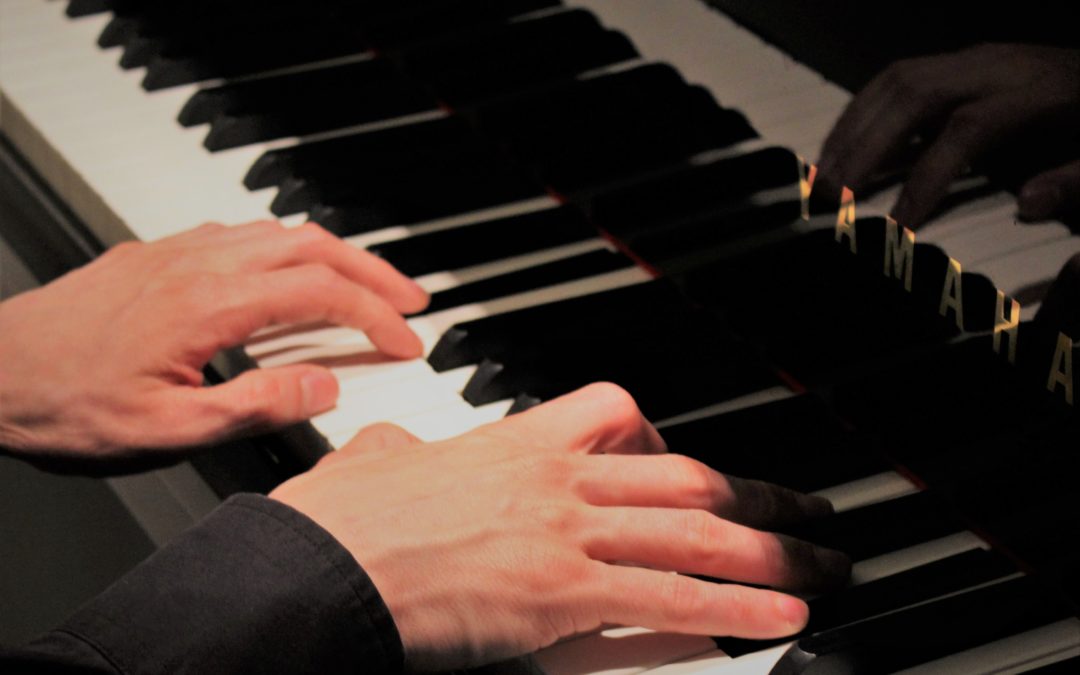Tips for sight reading and practising piano
One of the main challenges in any instrument, either for piano students or piano teachers, is to sight-read a piece that we have never seen before. From the student’s position, and this happens in any instrument the amount of information that we have to deal with can be overwhelming. In any exams, could be for the ABRSM or Trinity, students are asked to play from a short passage to a short piece of music (the latter is requested in Grades 7 and 8 from the Syllabus) From the teacher’s side, it is often to guide the process in an organised way, this is especially arduous in piano tuition, as the stream of information (two hands, two clefs, different rhythm in both hands and as well different dynamics and articulation that may appear on the music sheet) can be very demanding from the piano student.
How to overcome this situation? Anthony Elward, our senior piano teacher in London for WKMT, explains in this article how to step-by-step go through all the important bullet points of the process of sight reading. The main purpose of this article is to prioritise what we first see on the music sheet and do something which can be felt as rather counter-intuitive, which is to promptly try to read and play as fast as we can, and this in the long term will become a drawback if we don’t set up a strategy before we even play a single note. It is paramount to see the big picture in this procedure, and the most crucial is to establish and determine firstly, the overall notes we will play, in this case, the key signature, then rhythm and if this is repeated in the shape of a pattern, and finally the articulation (legato, staccato, accents, etc.) along with the main dynamics (piano, forte, crescendo, diminuendo).

